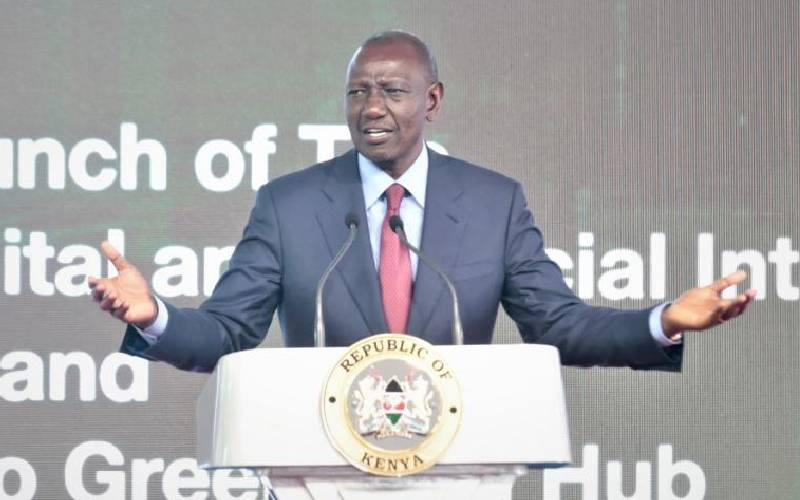Barclays Bank of Kenya has earmarked Sh30 billion for lending to small and mid-sized business as it seeks to catch up with profit growth at rivals.
Foreign funds have been investing in Kenyan lenders in recent years, attracted by growing trade flows and the rise of mobile-phone banking which is helping to win new customers.
But results from Barclays Kenya, a unit of Barclays Plc, showed on Thursday it is lagging behind local rivals, with pretax profits up 5 per cent in the first half of the year.
Equity Bank and Kenya Commercial Bank (KCB) Group, Kenya’s biggest lenders by depositors and assets respectively, recorded double-digit profit growth for the period, helped by their strength in the small and medium-sized enterprise (SME) sector.
Jeremy Awori, chief executive of Barclays Kenya, said it had created a dedicated SME business unit to step up the challenge in a sector that makes the largest contribution to economic activity in Kenya.
“We’ve laid down the gauntlet and we’re committed now to small and medium-sized enterprises (SMEs),” he told Reuters after an investor briefing last week.
Commercial bank executives say the fast-growing SME market offers higher returns than lending to larger corporates, in part because it is perceived as more risky.
Barclays Kenya has relaxed lending requirements, such as a copy of audited accounts, for SMEs seeking to borrow less than Sh15 million, it said.
The lender, which enjoyed a huge market share a decade ago before it was challenged by home-grown lenders, announced a first-half pretax profit of Sh6.43 billion last week as revenue grew 6 per cent.
PAYING PRICE
Analysts said the lender was paying a price for being too conservative in its lending practices.
“The first-half loan growth was very anaemic and far behind its peer group. It speaks to a very defensive game. Diamond Trust Bank has now overtaken Barclays in terms of loan book size,” said Aly Khan Satchu, an independent trader and analyst.
Diamond Trust, which also has operations in Uganda, Tanzania and Burundi, grew its first-half pretax profit by 14 per cent after its net interest income grew by a similar margin.
In contrast, Barclays Kenya’s net interest income grew 4 per cent, though its non-interest income rose 12 per cent, buoyed by new products such as insurance.
Kenya is currently Barclays Plc’s second largest market in Africa, behind South Africa.
Stay informed. Subscribe to our newsletter
In making its intention to go after the growing basket of SME borrowers, the bank, which has in the past only focused on retail and corporate banking, said it had dropped some of the stringent requirements that lenders demand from this market.
For example, borrowers will not need to be account holders, have audited financial statements to access loans and will get up to Sh6 million in unsecured loans.
 The Standard Group Plc is a
multi-media organization with investments in media platforms spanning newspaper
print operations, television, radio broadcasting, digital and online services. The
Standard Group is recognized as a leading multi-media house in Kenya with a key
influence in matters of national and international interest.
The Standard Group Plc is a
multi-media organization with investments in media platforms spanning newspaper
print operations, television, radio broadcasting, digital and online services. The
Standard Group is recognized as a leading multi-media house in Kenya with a key
influence in matters of national and international interest.
 The Standard Group Plc is a
multi-media organization with investments in media platforms spanning newspaper
print operations, television, radio broadcasting, digital and online services. The
Standard Group is recognized as a leading multi-media house in Kenya with a key
influence in matters of national and international interest.
The Standard Group Plc is a
multi-media organization with investments in media platforms spanning newspaper
print operations, television, radio broadcasting, digital and online services. The
Standard Group is recognized as a leading multi-media house in Kenya with a key
influence in matters of national and international interest.








